
Šépkova Yearbook of Czech Architecture Baptized
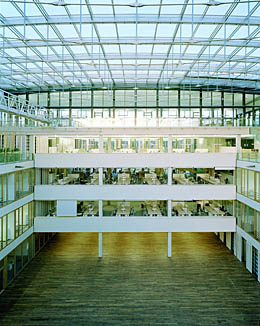 |
The publication, which has been released for the eighth year by the non-profit organization Prostor, presents 35 most significant buildings from the given period on 244 pages. In addition, it includes an introductory text by Jan Šépka titled Where has architecture gone?, an interview between the editor and Ivo Koukol on the topic of investor, brief and the necessity of negotiation, annual score statistics from the construction, real estate, and mortgage sectors, as well as an overview of awards, competitions, and events in the field. A certain bonus this year is an inserted DVD with a documentary film by Marie Šandová titled Transformation of the Valley, dedicated to the construction of the Radlice headquarters.
The next yearbook will be edited by Svatopluk Sládeček, the head of the NEW WORK studio.
Unfavorable news about the state of Czech architecture
 |
| ksa. - Family house in Černošice |
My reflections were deepened by the negative discovery of the state of Czech architecture, which I had the opportunity to examine more thoroughly, particularly because I was compiling last year's yearbook of Czech architecture. The initial concern was deepened by the realization that architecture in our society is absolutely marginal. This conviction was also reinforced by the numbers obtained from the statistical office, providing disheartening data, such as the fact that over 18 thousand buildings were approved last year, with architects participating in only a tenth of this production. The results, therefore, in my opinion, are directly proportional to such a picture. In order for architecture to return to the spectrum of our perception, we cannot rely solely on capable architects; instead, there must be a will and a desire to start discussing and engaging with this topic. Architecture should be our common interest, as we shape our environment through it.
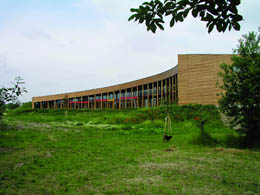 |
| Projektil - Center for Environmental Education Sluňákov |
 |
| DNA architects - Shopping Center Šestka |
And so, I would like to appeal to all of us to take an interest in our architecture, as without our support, it will not take care of itself. Only then will we begin to perceive a visit to an architect at a comparable level as a visit to a doctor's office.
Jan Šépka
(speech given on April 15, 2007 during the christening of the Czech Architecture Yearbook 2006-2007; headline by the editorial office)
The English translation is powered by AI tool. Switch to Czech to view the original text source.
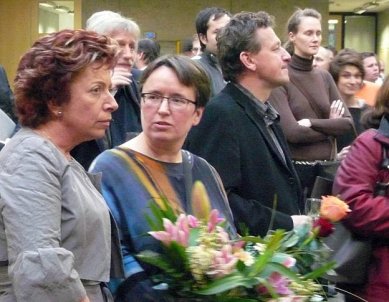

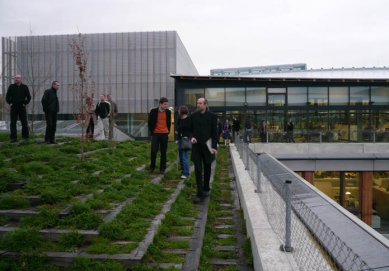
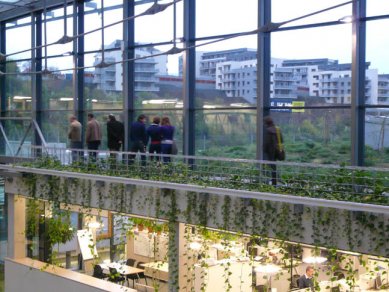


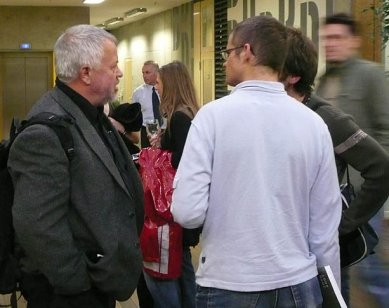
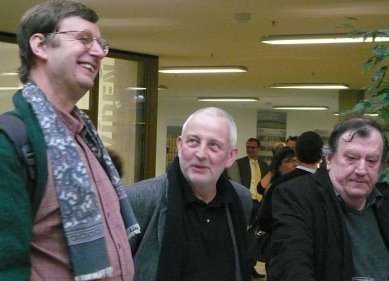
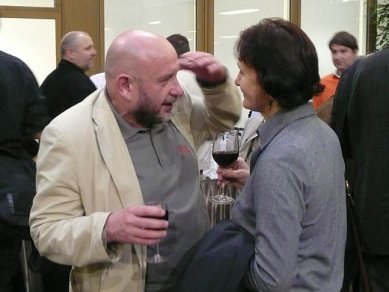
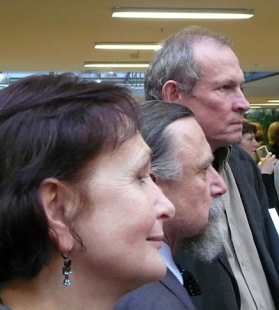
30 comments
add comment
Subject
Author
Date
architekt/lékař
Vích
17.04.08 12:44
katalogový dům jako diagnóza - ztráta individuality a estet
Tomáš Lohniský
22.04.08 03:51
Diskuse?
Martin Horáček
28.04.08 06:13
diskuse
Jan Šépka
28.04.08 08:21
nároky na debatéry o architektuře
Jiří Schmidt
29.04.08 09:06
show all comments
Related articles
0
07.05.2021 | Yearbook Czech Architecture 2020-2021 - Call for Submissions of Buildings
0
25.03.2020 | In April, the new yearbook Czech Architecture 2018-2019 will be released
0
27.05.2018 | The yearbook Czech Architecture 2016-2017 was published under the guidance of M. Steinbachová
0
29.04.2016 | <h1>Year with the Yearbook - Invitation to the Launch of the Yearbook Czech Architecture 2014-2015</h1>
0
22.04.2015 | The Yearbook Czech Architecture 2013-2014 was launched






